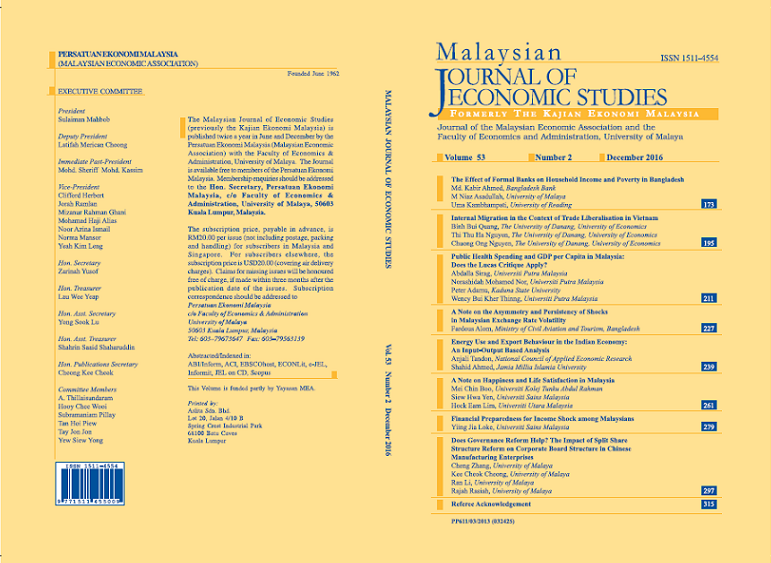Energy Use and Export Behaviour in the Indian Economy: An Input-Output Based Analysis
Keywords:
Embodied energy, energy intensity, export structure, hybrid Input-Output modelAbstract
Developing countries, like India, face the twin challenges of sustainable growth and high import dependency due to direct energy imports. The presence of less energy intensive commodities in the export basket not only improves cost competitiveness along with environmental compliance, but can also be effective in lowering the net energy liability of a country. This paper analyses the changes in sector-wise energy intensity vis-a-vis the evolving export structure to assess the energy intensity of India’s exports by using a constant price hybrid Input-Output model. The analysis clearly highlights the importance of services as a less energy intensive sector with significant export presence. Within the manufactured products category, particularly important are other manufacturing (including textiles and wearing apparel), agriculture, processed food and mining, due to the export potential alongside improved energy intensity over time. At the same time, increasing intensity and export share of basic metals and non-ferrous metal products draw attention for efforts to improve energy efficiency. The findings reject the proposition that India’s export basket is dominated by energy intensive sectors.

